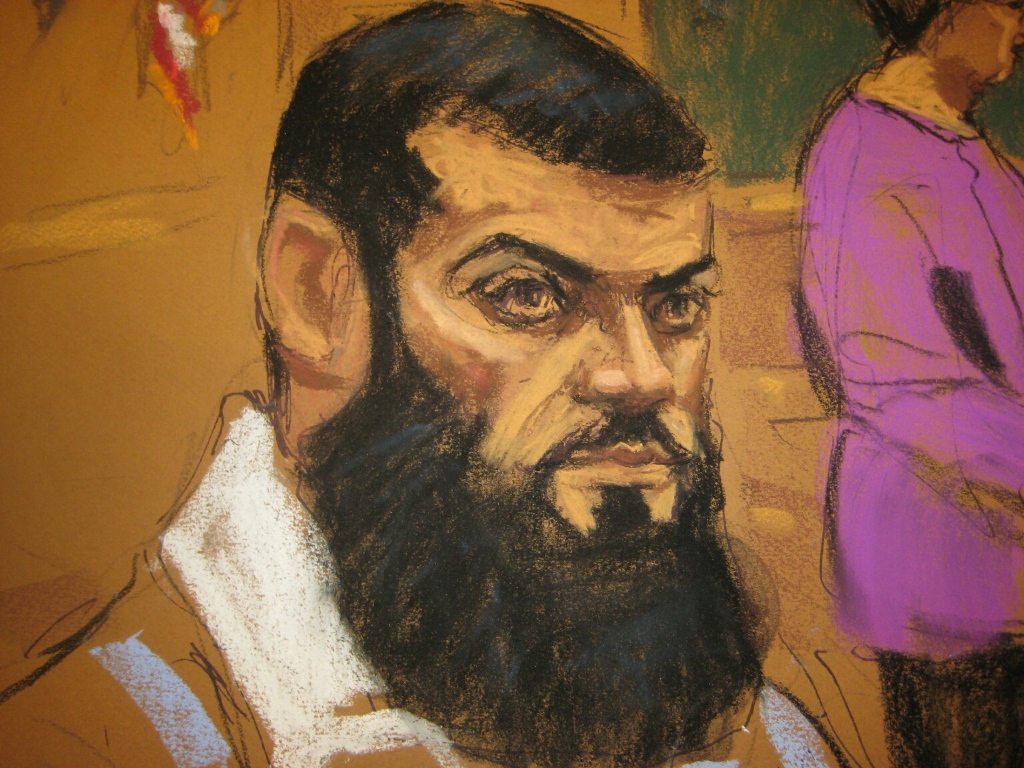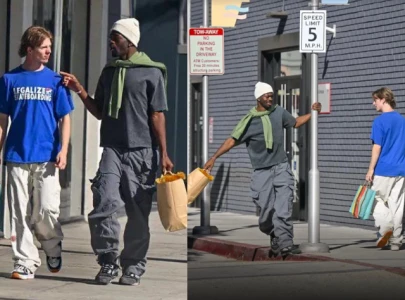
Abid Naseer, 28, was found guilty by a federal jury in
Brooklyn for providing material support to al Qaeda and
conspiring to use a destructive device. Naseer remained expressionless as the jury returned the verdict after less than two days of deliberations. He faces life in prison.
US prosecutors said Naseer led an al Qaeda cell plotting
to bomb a shopping center in Manchester, England, in April 2009. The proposed attack was one of three plots affiliated al
Qaeda cells were working on, along with attacks against the New
York City subway system and a Copenhagen newspaper, prosecutors
said. Naseer was convicted nearly six years after he was first
arrested in a British anti-terrorism operation.
While British authorities never charged Naseer, he was later indicted in the United States and extradited in 2013. Naseer represented himself at trial.
Representing himself in the trial, Naseer, a self-described semi-professional cricket player, denied any affiliation with al Qaeda or any plot. His court-appointed legal adviser said he would appeal.
Naseer's conviction came six days after a Manhattan federal jury convicted Khalid al-Fawwaz, a Saudi man prosecutors described as a close Osama bin Laden adviser, in connection with the 1998 bombings of U.S. embassies in Kenya and Tanzania.
Two men, Najibullah Zazi and Zarein Ahmedzay, have pleaded
guilty to US charges stemming from the New York subway plot
also linked to Naseer. A third, Adis Medunjanin, was sentenced in 2012 to life in prison.
At Naseer's trial, Zazi's testimony supported prosecutors' claims that both he and Naseer, through emails, coordinated their plans with the same Pakistan-based al Qaeda facilitator.
Prosecutors said Naseer, who wrote in coded emails, using
women's names for bomb ingredients and describing the attack as
a wedding. Prosecutors used never-before publicised documents seized from the 2011 raid in Pakistan that killed bin Laden as part of
their case against Naseer and testimony from British MI5
officers who conducted surveillance on him. The MI5 officers testified anonymously, wearing wigs and makeup to protect their identities.




1725784957-0/Tribune-Pic-(17)1725784957-0-165x106.webp)

1730959638-0/trump-(19)1730959638-0-270x192.webp)










COMMENTS (4)
Comments are moderated and generally will be posted if they are on-topic and not abusive.
For more information, please see our Comments FAQ